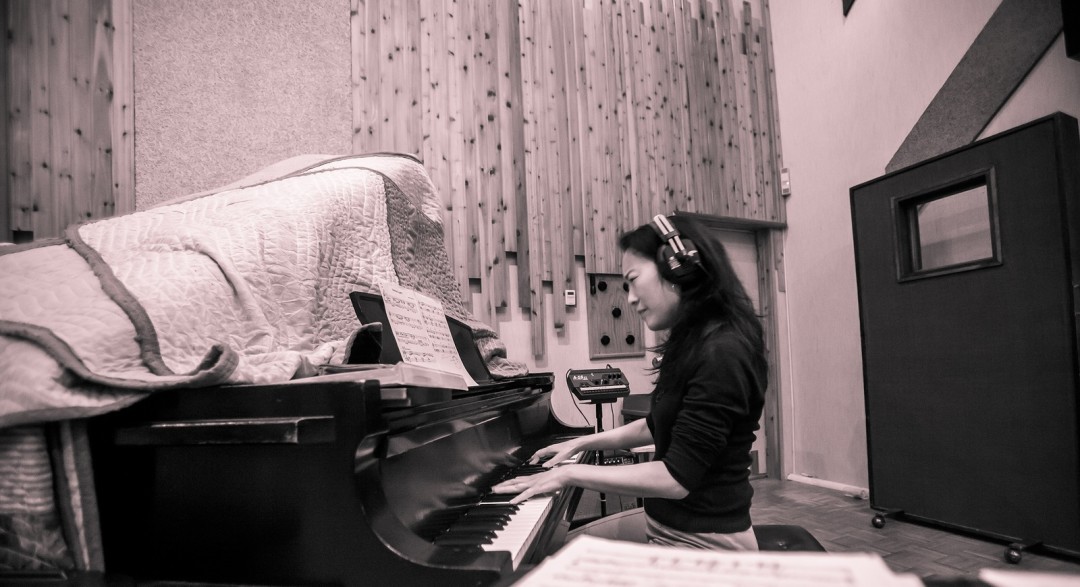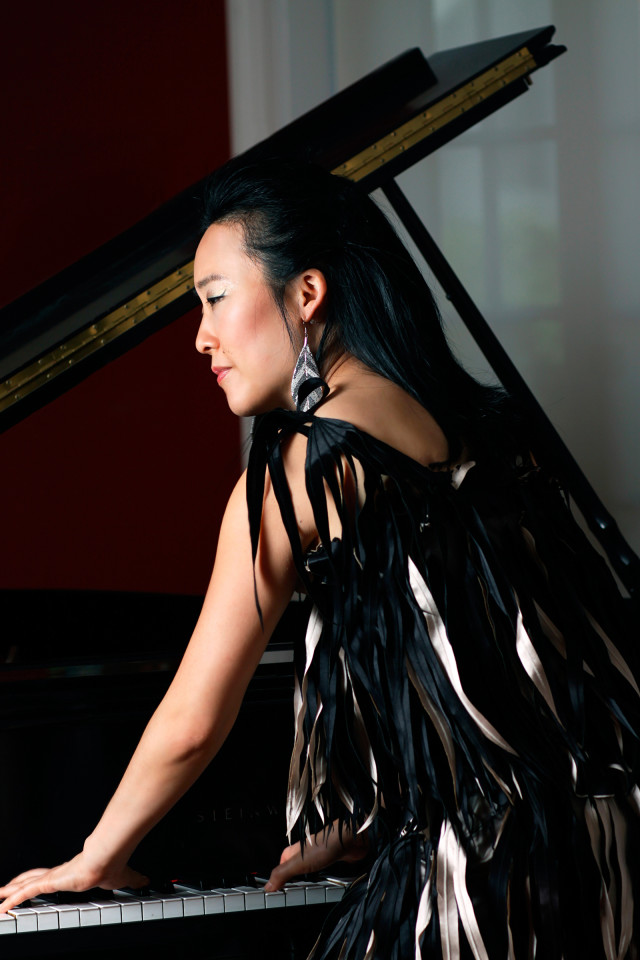A Pianist at the Intersection of Jazz and Classical

Helen Sung
Image: Kat Villacorta
Helen Sung Quintet
Jan 31 & Feb 1 at 9
$20
Cezanne
4100 Montrose Blvd
832-592-7464
cezannejazz.com
Pianist and composer Helen Sung sees herself as a product of two distinct musical traditions. The Houston native and HSPVA graduate studied classical music for many years and had every intention of becoming a concert pianist until she fell in love with jazz during her senior year at the University of Texas. In the years since, she has established herself as a formidable young player in the mainstream New York City jazz world without totally letting go of her classical roots. Her latest release, Anthem for a New Day, is billed as a “declarative statement,” the album that “represents most fully to date [her] long-held desire to merge the two worlds” of jazz and classical. This is hardly a novel ambition. From stride pianist Willie “The Lion” Smith’s rollicking rendition of Chopin to Duke Ellington’s suites, jazz music has long been heavily informed by the classical tradition. In fact, jazz is essentially an extension of the Western European art music tradition. What marks the difference between the two forms, of course, is the concept of swing, that special all-American rhythmic quality.
Fortunately, Sung has that swing part down. Anthem for a New Day opens, for example, with the original tune “Brother Thelonious,” which, despite its title, actually sounds like an updated, slightly funkier version of early ’60s-era Art Blakey. Several of the album’s songs, notably “Hope Springs Eternally” and the title track, on which Sung plays Fender Rhodes, further demonstrate her gift for laying down a simple groove and playing around it with clarity and restraint. The real triumph, however, in this regard, is the penultimate cut, a slow, soulful reworking of Thelonious Monk’s “Epistrophy” that proves not only that Sung can swing but that she is one of the most inventive interpreters of the classic bop repertoire currently on the scene.

Image: Kat Villacorta
The fact that very little on Anthem for a New Day strikes one as decidedly classical perhaps speaks to the expansiveness of the jazz tradition at this point and how thoroughly Sung has absorbed it. With its long, melodic lines and melancholy tones, “Hidden,” an original that finds Sung ably supported by violinist Regina Carter and trumpeter Ingrid Jensen, recalls pianist McCoy Tyner’s work from the ’70s. Four other songs—Chick Corea’s “Armando’s Rhumba,” Ellington’s “It Don’t Mean a Thing,” Jay Livingston’s “Never Let Me Go,” and Stanley Cowell’s “Equipoise”—will probably already be familiar to many jazz fans. Those first two represent the album’s only real missteps. Sung’s straight-ahead version of Corea’s folky, upbeat ode to his Spanish heritage features some inspired clarinet playing by the Afro-Cuban jazz giant Paquito D’Rivera, but seems disconnected from the album’s overall aesthetic, which is a pitch-perfect blend of funk, bop, and modal idioms. On the Ellington standard Sung abruptly abandons the modern, buoyant groove she establishes between herself, bassist Reuben Rogers, and drummer Obed Calvaire during the song’s second half in favor of a breakneck solo that seems designed to demonstrate her chops more than anything else.
But by the time Sung’s moving take on “Equipoise” rolls around to close out the album, these minor foibles are distant memories. The album’s equilibrium has been restored, and once she strikes the final notes of Cowell’s mournful classic what immediately comes to mind is the ad lib pronouncement uttered by someone in the studio at the conclusion of “Chaos Theory,” one of her more frenetic original compositions: “That’s jazz music right there.”




